Study reviews the pathogenic bacterium A. hydrophila, its impact on aquacultured fish and its relationship with environmental factors
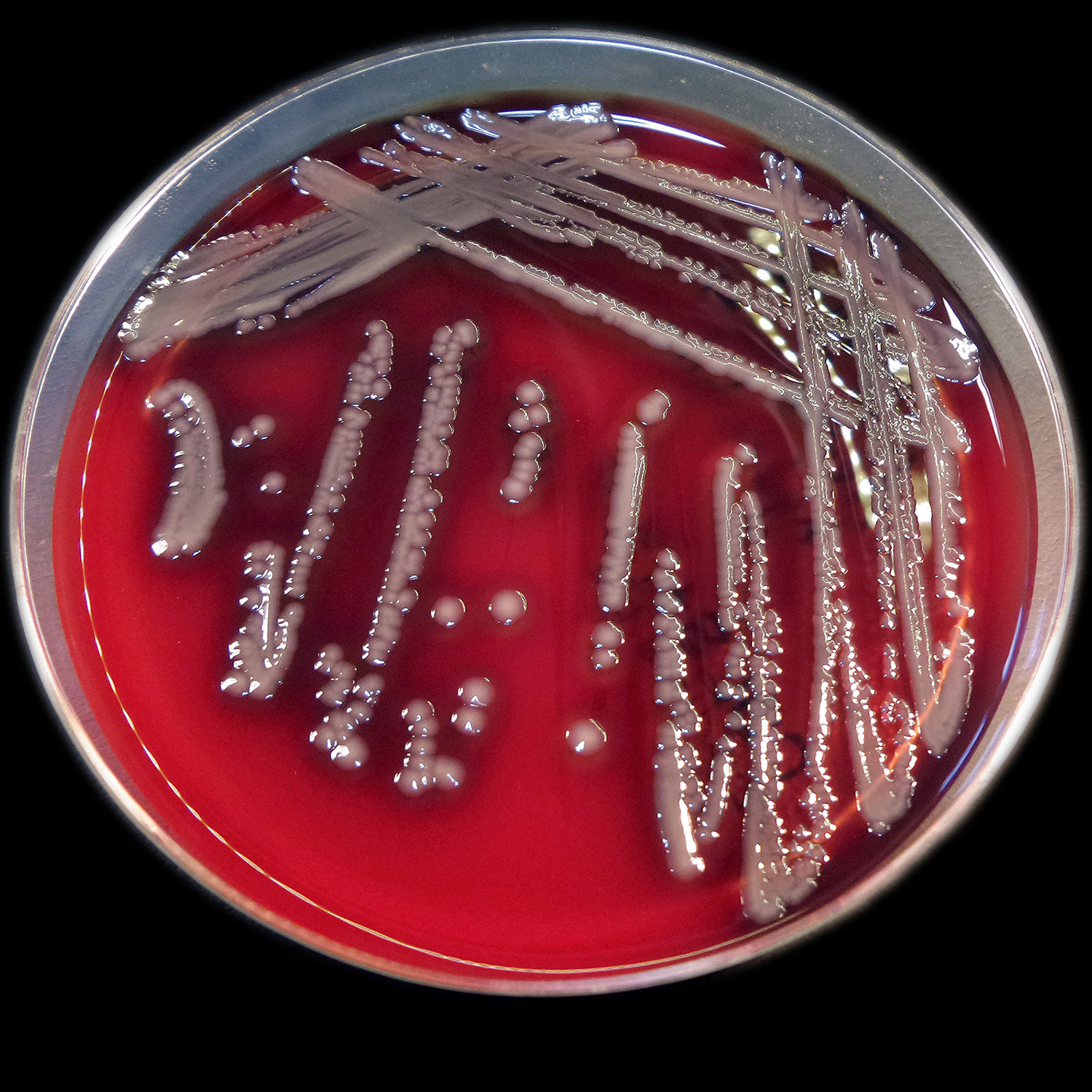
A recent study conducted by Dr. Bahaa Abdella and co-workers at Kafrelsheikh University in Egypt and published in Aquaculture International discusses the pathogenic bacterium Aeromonas hydrophila, its impact on aquacultured fish and its relationship with various environmental factors.
“Our research highlights the importance of understanding how environmental conditions influence the virulence of Aeromonas hydrophila in aquaculture. It involves a complex and dynamic interaction between the bacterium and its environment. Key points provided include monitoring temperature, pH levels, and ammonia concentrations to prevent disease outbreaks. Proper management of these factors can improve fish health and reduce bacterial infections” stated to the Advocate Dr. Bahaa Abdella from Kafrelsheikh University in Egypt and senior author of the study.
Among diseases caused by Aeromonas spp. in fish are hemorrhagic septicemia, ulcer disease, and motile Aeromonas septicemia. These diseases can result in high mortality rates and high economic losses in aquaculture. A. hydrophilic is the predominant disease-causing species in this bacterial genus in cultured freshwater fish and other species on a global scale. Its genetic diversity makes it difficult to serotype or genotype the strains of A. hydrophila due to the high complexity in terms of the type and the number of virulence genes present in each isolate. Besides being a fish pathogen, A. hydrophila can also cause diseases in humans – such as gastroenteritis, wound infections, and septicemia in immunocompromised individuals.
Environmental factors such as mineral availability, salinity, dissolved oxygen concentration, pH value and temperature – as well as poor management (malnutrition, overfeeding and overcrowding) – in hatchery facilities may cause stress to cultured animals and make them more susceptible to infections by A. hydrophilia.
Moreover, A. hydrophila genomes are encoding different types of virulence factors. The expression and regulation of these genes may vary depending on the bacterial strain, host, and environmental conditions. It is not fully understood how environmental conditions have an effect on intrinsic bacterial characteristics and the expression of virulence genes, so it is an open question. Thus, understanding the diversity, function, and environmental regulation of these genes is crucial for developing effective strategies to prevent and treat A. hydrophila infections in fish farms.
“A. hydrophila poses significant challenges to aquaculture because of its ability to thrive in diverse environmental conditions and infect a wide range of hosts. Factors such as temperature, dissolved oxygen, pH, ammonia, and nutrient levels influence the expression of virulence genes and toxin production. Understanding these mechanisms is critical to developing strategies to control aquatic bacterial infections and promote healthier and more sustainable aquaculture practices,” according to Dr. Abdella.
Physical factors influence the microbial growth rate, such as temperature and pH value. However, little is known about how these factors can modify the expression of the virulence genes in the pathogenic microbes. It is critical to understand what triggers virulence factor expression or at least the most essential one in a specific pathogen.
For example, temperature-dependent expression of virulence genes in Aeromonas spp. in fish has been reported for some genes. However, the molecular mechanisms and regulatory pathways involved in this process are not fully understood. Adding to that, the increase in temperature is found to be stressful to the host, which increases the expression of certain steroids which increase the vulnerability of the fish for infection.
Fluctuations in temperature – and also pH – significantly influence the metabolic activity and growth rate of A. hydrophila, thereby modulating its virulence and overall pathogenicity. Overall, the expression of virulence genes in Aeromonads can vary depending on the water temperature and the host animal, and the inconsistency of the expression patterns of many virulence factors in the same strain in response to temperature changes emphasizes the difficulty and the need to identify the major virulence factor that is responsible for disease development in the susceptible host.
Aeromonads are facultative anaerobes, and as all other facultative microbes, they may switch between aerobic and anaerobic metabolism. Such switching behaviors are controlled by gene expression and are triggered by molecular sensing of oxygen concentration. No surprise, it has developed a molecular mechanism for doing so through gene expression control, including virulence genes. Oxygen can regulate virulence genes by modulating the activity of transcription factors, which are proteins that bind to specific DNA sequences and control gene expression.
Overall, oxygen may be considered as a key environmental factor that influences the expression of virulence genes in many bacterial strains including A. hydrophila and their ability to cause disease. However, there has been little research into the effect of oxygen concentrations on the expression of virulence genes in fish infections. Fig. 1 depicts the interplay between the environment, microbes and the host.
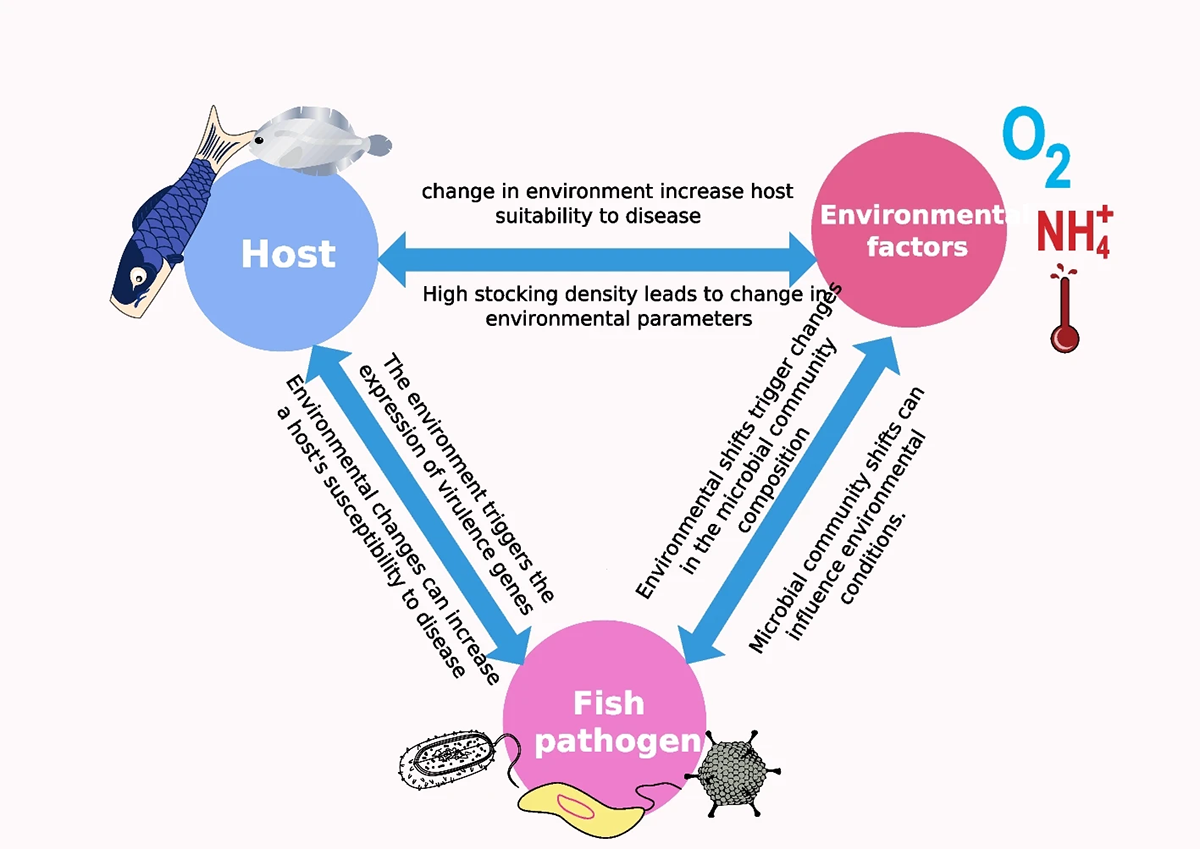
The formulation of fish diets has a considerable impact on microbial ecology in the aquatic environment, as well as microbial pathogenicity, interaction and abundance, and A. hydrophila infection is associated with water with a high organic load and nutrient-rich feed pollutes aquatic water systems. The unutilized diet contributes to an increase in aeromonads in the pond water.
The precise formulation of the fish feed and its utilization by fish is very critical in controlling the infection and suppressing the activation of virulence genes in A. hydrophila. More research is needed to confirm the link between various dietary components and virulence gene overexpression in A. hydrophila. However, feeding fish a diet high in omega-3 fatty acids can help improve the immune system and make the fish less susceptible to infection; this relationship is not fully understood.
The environmental regulation of virulence in A. hydrophila emerges as a complex and dynamic interplay between the bacterium and its environment. Temperature, dissolved oxygen, pH, ammonia and nutrient availability act as modulators, coordinating the expression of virulence genes and toxin production. This remarkable adaptability allows A. hydrophila to thrive in diverse aquatic environments and establish infections across a range of hosts, posing a significant challenge to aquaculture.
“Unraveling the mechanisms of environmental virulence regulation presents a compelling target for future research. By elucidating these pathways, we can pave the way for the development of targeted interventions to mitigate A. hydrophila infections, ultimately promoting a healthier and more sustainable aquaculture industry,” concluded the study authors.
Now that you've reached the end of the article ...
… please consider supporting GSA’s mission to advance responsible seafood practices through education, advocacy and third-party assurances. The Advocate aims to document the evolution of responsible seafood practices and share the expansive knowledge of our vast network of contributors.
By becoming a Global Seafood Alliance member, you’re ensuring that all of the pre-competitive work we do through member benefits, resources and events can continue. Individual membership costs just $50 a year.
Not a GSA member? Join us.
Author
Related Posts
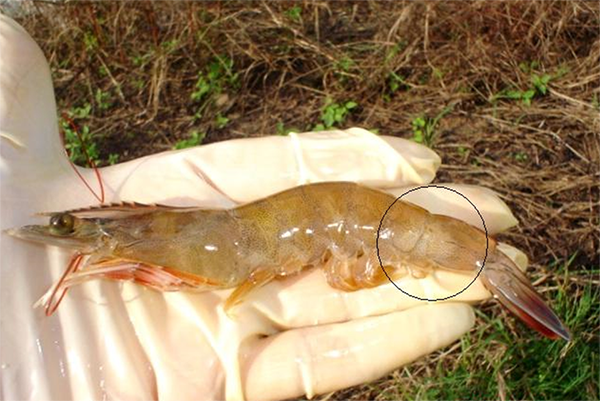
Health & Welfare
An update on vibriosis, the major bacterial disease shrimp farmers face
Vibrios are undoubtedly the foremost cause of bacterial disease outbreaks in farmed shrimp, but the significant role of stressors is often ignored.
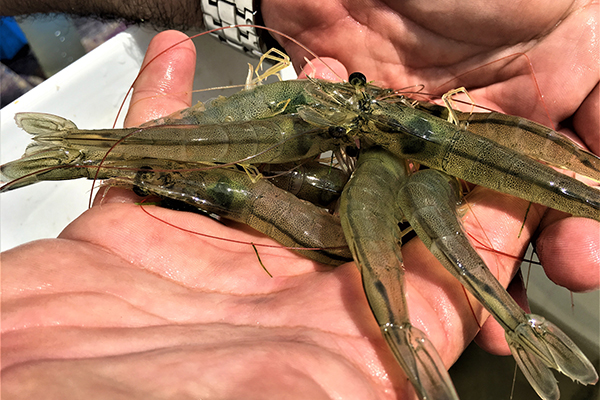
Health & Welfare
Bacterioplankton communities and their temporal dynamics in a biofloc shrimp culture system
An understanding of rearing water microbiota and factors influencing their dynamics is key for effective management of biofloc shrimp culture systems.
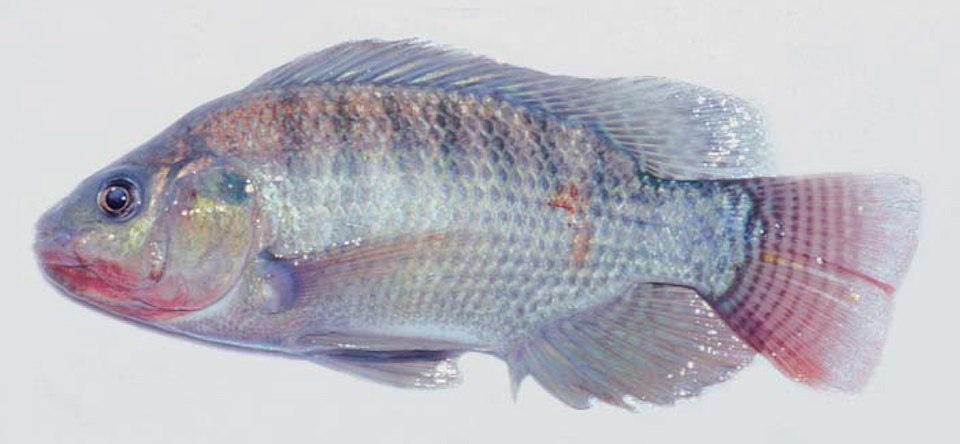
Health & Welfare
Diseases found in tilapia culture in Latin America
A surge of new and familiar diseases in tilapia culture in Latin America is mainly related to the intensification of culture methods.
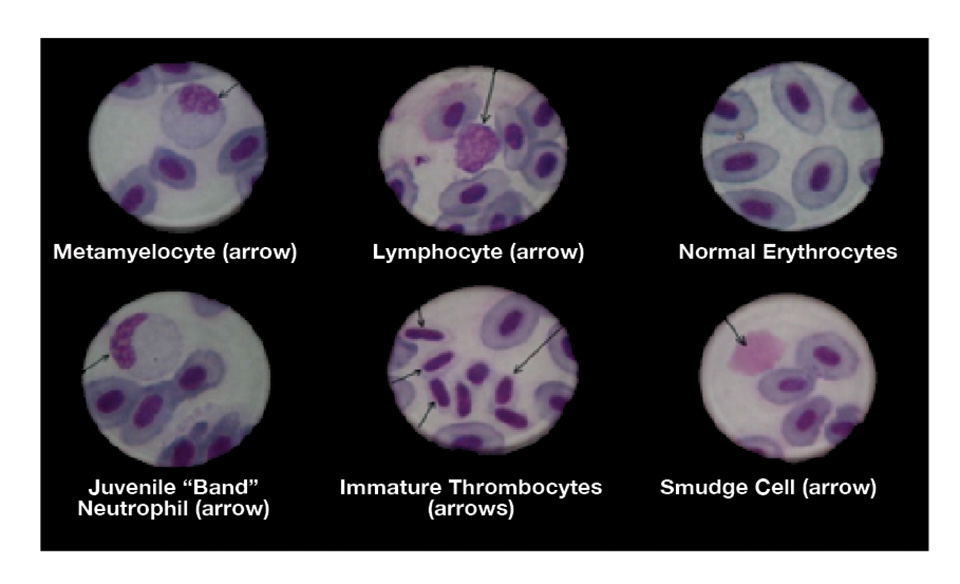
Health & Welfare
How to prepare and interpret blood smears
A significant part of any hematological evaluation of fish is the preparation, microscopic examination and interpretation of stained blood smears.



